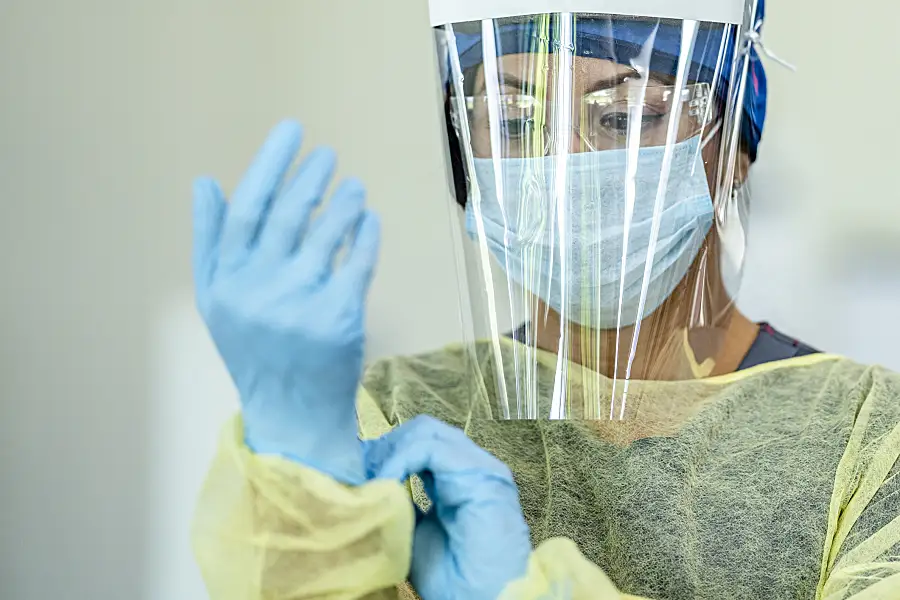Most of us have felt pandemic fatigue at some point in the past couple of years. Exhaustion, hopelessness, anger, and other feelings have ebbed and flowed. While we’d all like to permanently put COVID in our rearview mirrors, we continue to confront new variants. But thanks to improved therapeutics and new vaccines, this reality is less daunting.
So what have we learned over the course of the pandemic? How does COVID compare with other historical public health crises? In what ways has COVID changed society? And what reasons do we have to be hopeful as we look ahead?
Pandemic Response: 1918 and 2020
In myriad ways, the COVID-19 pandemic and the 1918 influenza pandemic of a hundred years ago are similar. For example, in both pandemics, politics played a role in the response and reactions to the virus varied regionally and globally.
But the differences between the two pandemics are also enlightening. For instance, therapeutics, vaccines, and medical care have advanced significantly over the past century. Notably, we now have antibiotics to treat bacterial infections that can be sequelae of viral illnesses. We also witnessed a vaccine moonshot, as the world produced COVID-19 vaccines within one year—an unprecedented scientific and public health achievement.
We also saw how quickly information spreads in the digital age. News travels faster and through less secure channels than it ever has. Unfortunately, misinformation about essential public health strategies, such as masking and vaccination, turned out be a parallel virus that spread at the speed of light via social media.
Social and Public Health Impacts of COVID-19
We’re still assessing how COVID has temporarily or permanently shifted social norms, including
- expanding remote work accommodations
- increasing comfort with personal protective equipment
- improving ventilation and air filtration in public spaces
- heightening awareness of our interconnected world and the spread of disease.
The pandemic also cast the US public health system into the spotlight, revealing
- the need for increased funding and coordination for public health, including developing interoperable and flexible health data systems
- the challenges of medical and public health data infrastructures to talk to each other
- that data systems and the information that can be shared by local health departments are governed at different levels across the country, which limits the ability to do national public health work, such as disease modeling and contact tracing, to better understand emerging health concerns
- the critical need for data modernization strategies—such as interoperable electronic health records—for preventing and responding to population-level disease threats.
Hope and Silver Linings During the Pandemic
The COVID-19 pandemic highlighted the benefits of academic and public-sector collaboration to meet real-time health needs, while also pursuing innovative solutions. Many local and state health departments, for example, partnered with private industry to run pop-up testing sites. Public health professionals and academics also worked together to implement key strategies such as conducting disease modeling, contact tracing, and genetic sequencing.
COVID has left heartbreak, anger, and confusion in its wake, yet despite these hardships we have witnessed some truly remarkable collaborations and wins. We need to capitalize on the opportunity to learn from our experiences and to better prepare for the future, both the anticipated and the unknown.
To Learn More
To learn more about Dr. Pia MacDonald’s COVID insights, listen to the full interview or read the transcript on the Healthy Intersections Podcast from The Medical Care Blog.


